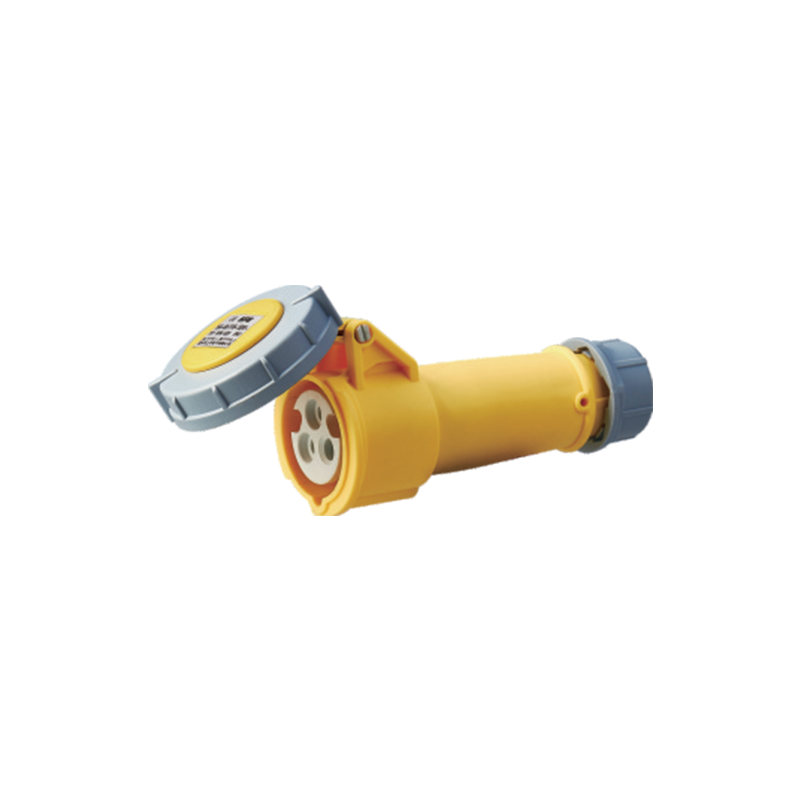Address: No. 199, Weiwu Road, Yueqing Economic Development Zone, Zhejiang Province, China.
In our increasingly electrified world, the safety of electrical components, especially plugs and sockets, has never been more critical. The risk of electrical fires is a significant concern for both residential and commercial properties. To mitigate these risks, it is essential to understand the features and materials that contribute to fire resistance in electrical plugs and sockets. This article will explore what makes a plug and socket fire-resistant, with a particular focus on the importance of designs such as electrical quick connect plugs and waterproof electrical plug connectors.
The Role of Materials in Fire Resistance
The materials used in manufacturing plugs and sockets play a vital role in their fire resistance. High-quality plastic, specifically thermosetting plastics, is often utilized because of its advanced heat resistance compared to traditional materials. These plastics can withstand higher temperatures without melting or deforming, thereby reducing the risk of short circuits or electrical failures that could advance to fires.
In addition to plastics, metal components in plugs and sockets are usually constructed from materials like copper or brass, which offer reliable conductivity and durability. These materials can handle high currents without overheating. However, the design must ensure that there is no contact between live parts and the casing, which could advance to arcing and potentially ignite a fire.
Design Features that Enhance Safety
Fire-resistant plugs and sockets often incorporate specific design features that enhance their safety profile. One such feature is the presence of thermal fuses or circuit breakers that disconnect the power supply when a certain temperature is exceeded. This mechanism prevents overheating and reduces the likelihood of a fire.
Another critical design aspect is the incorporation of weatherproofing in connectors, especially in outdoor settings. Waterproof electrical plug connectors are designed to prevent moisture ingress, which can cause corrosion and electrical shorts. These connectors are equipped with seals that ensure a tight fit, maintaining their integrity in challenging environments. This weatherproofing not only protects the electrical connections but also significantly contributes to the overall fire resistance of the device.
Electrical Quick Connect Plugs: A Modern Solution
Electrical quick connect plugs are designed for ease of use, allowing for swift and secure connections without the need for tools. Their design often includes features that enhance safety and reliability. For instance, many quick connect plugs are designed to lessen the risk of accidental disconnection, which can advance to arcing and potential fire hazards.
Additionally, quick connect plugs can be engineered with integrated safety mechanisms that prevent the connection of incompatible devices. This is particularly crucial in environments where various electrical components are used, as mismatched connections can advance to overheating and fires. By ensuring that only compatible plugs and sockets can connect, these modern solutions enhance safety in a significant way.
Certification and Standards
Another critical aspect of fire resistance is compliance with national and international safety standards. Plugs and sockets must meet specific criteria to be certified for safety, which includes fire resistance. Organizations such as Underwriters Laboratories (UL) and the International Electrotechnical Commission (IEC) set standards that manufacturers must adhere to. Products that meet these standards are rigorously tested for their ability to withstand heat and prevent fires, ensuring that consumers are protected.
User Practices and Maintenance
While the design and materials of plugs and sockets are crucial for fire resistance, user practices and regular maintenance also play a significant role. Users should avoid overloading electrical circuits, as excessive current can cause overheating. It is also important to inspect plugs and sockets regularly for signs of wear or damage. Any frayed wires or melted plastic should be addressed immediately to prevent potential fire hazards.
Conclusion
The safety of electrical plugs and sockets is paramount in preventing electrical fires. By understanding the materials, design features, and modern innovations like electrical quick connect plugs and waterproof electrical plug connectors, users can make informed choices about the electrical components they use. Compliance with safety standards further enhances the reliability of these devices. Ultimately, while the design and quality of electrical plugs and sockets are essential, responsible usage and maintenance are equally important in ensuring safety and preventing fire hazards. Investing in high-quality, fire-resistant plugs and sockets is a crucial step towards a safer electrical environment for all.







